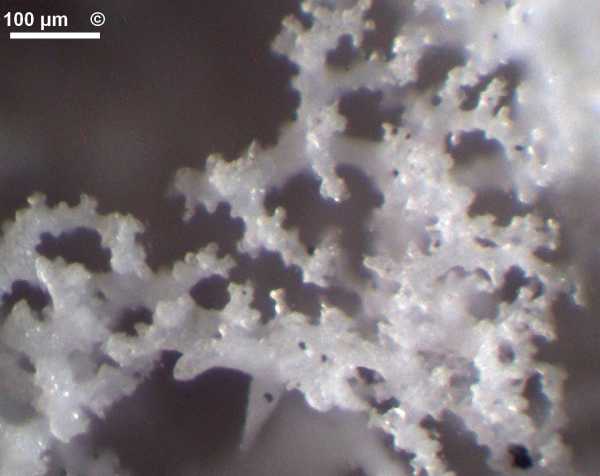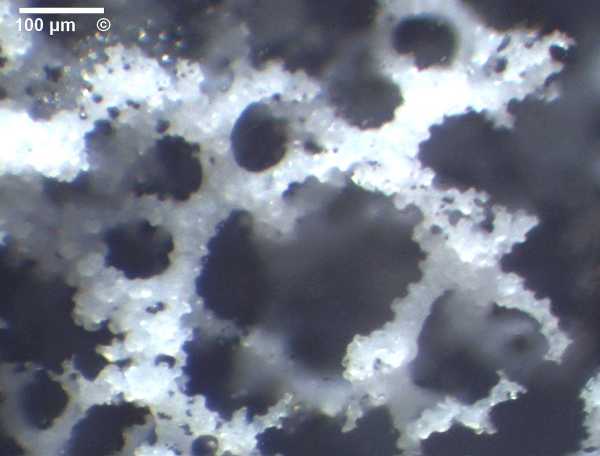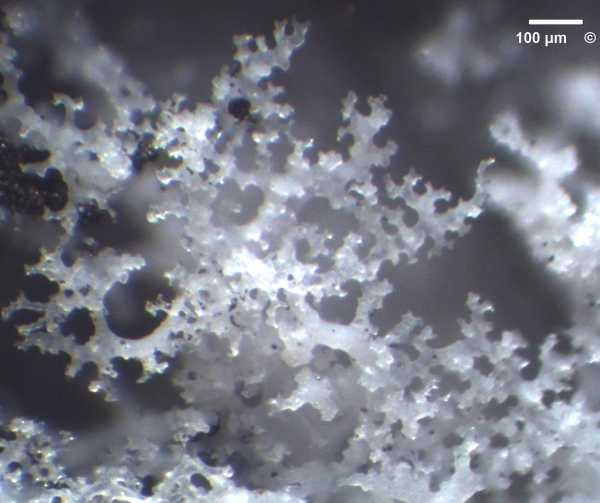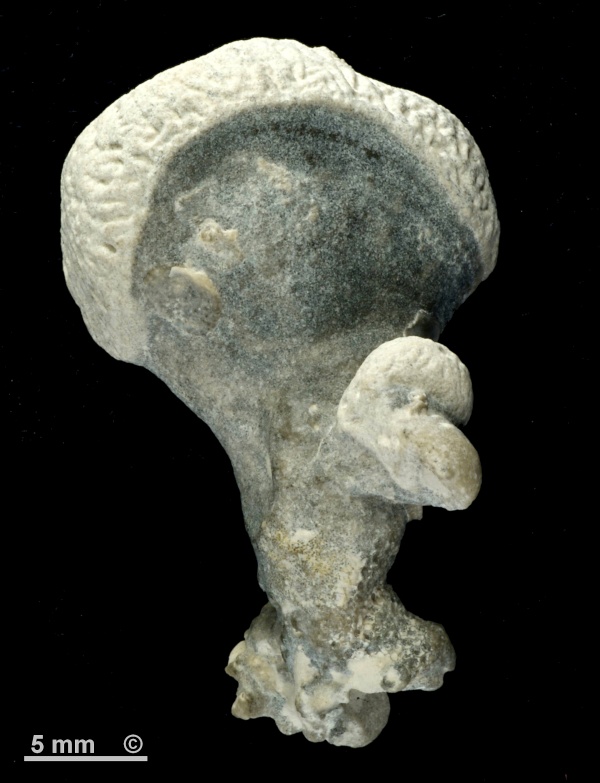
Figure 1 - Microdendron ramulosum.
Teutonia South, basiplana zone.
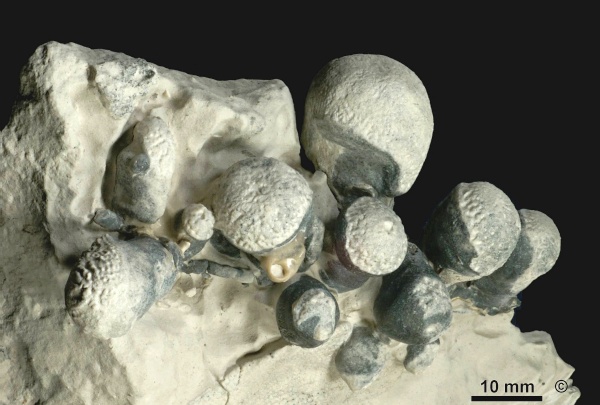
Figure 2 - Microdendron ramulosum.
Teutonia South, basiplana zone.
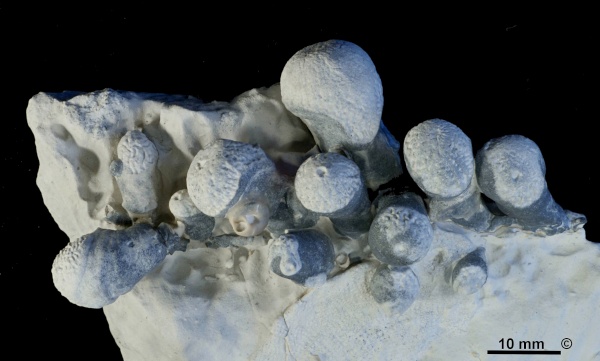
Figure 3 - Microdendron ramulosum.
Teutonia South, basiplana zone.
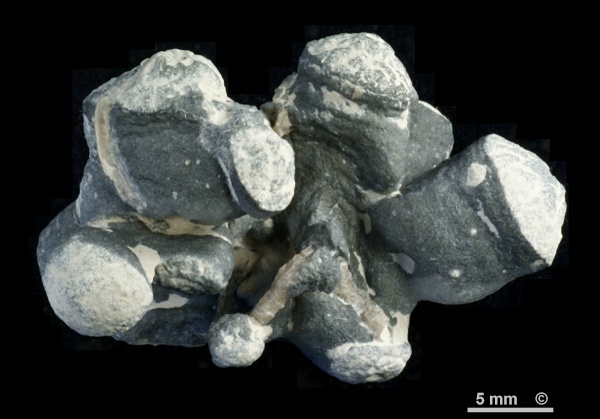
Figure 4 - Microdendron ramulosum.
Alemannia, Höver, senonensis zone
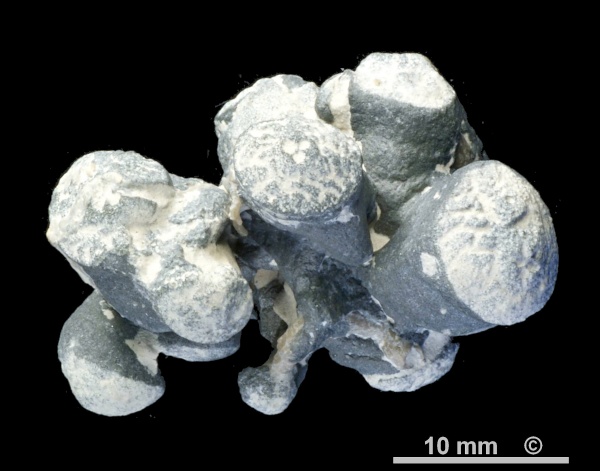
Figure 5 - Microdendron ramulosum.
Alemannia, Höver, senonensis zone
Synonyms:
none
Occurence:
Alemannia, Höver, Lower Campanian (senonensis zone). Very rare.
Teutonia, Misburg, Upper Campanian (stobaei/basiplana zone; vulgaris zone). Very rare.
Microdendron ramulosum was described as a new genus and new species by Schrammen (1901). His material was collected in the Upper Campanian beds of Misburg. Recently, the same species was also identified in the Lower Campanian (senonensis zone) of Höver. Figures 1 through 5 show different views of three well developed specimens.
Microdendron ramulosum is a small species, with individals commonly around 10 mm in height. It occurs as pear shaped (Figures 1, 2 and 3) to cylindrical (Figures 4 and 5) individuals, which often also occur as compound groups on a common base (Figures 2 through 5).
The summits are rounded to conical and are sharply offset from the sides, which are covered by a dense cortex. The terminal parts are free of cortex and generally show a central group of 1 to 3 aporhyses. Further exits of single aporhyses are distributed over the remainder of the summit. The aporhyses are accompanied by anastomosing furrows.
